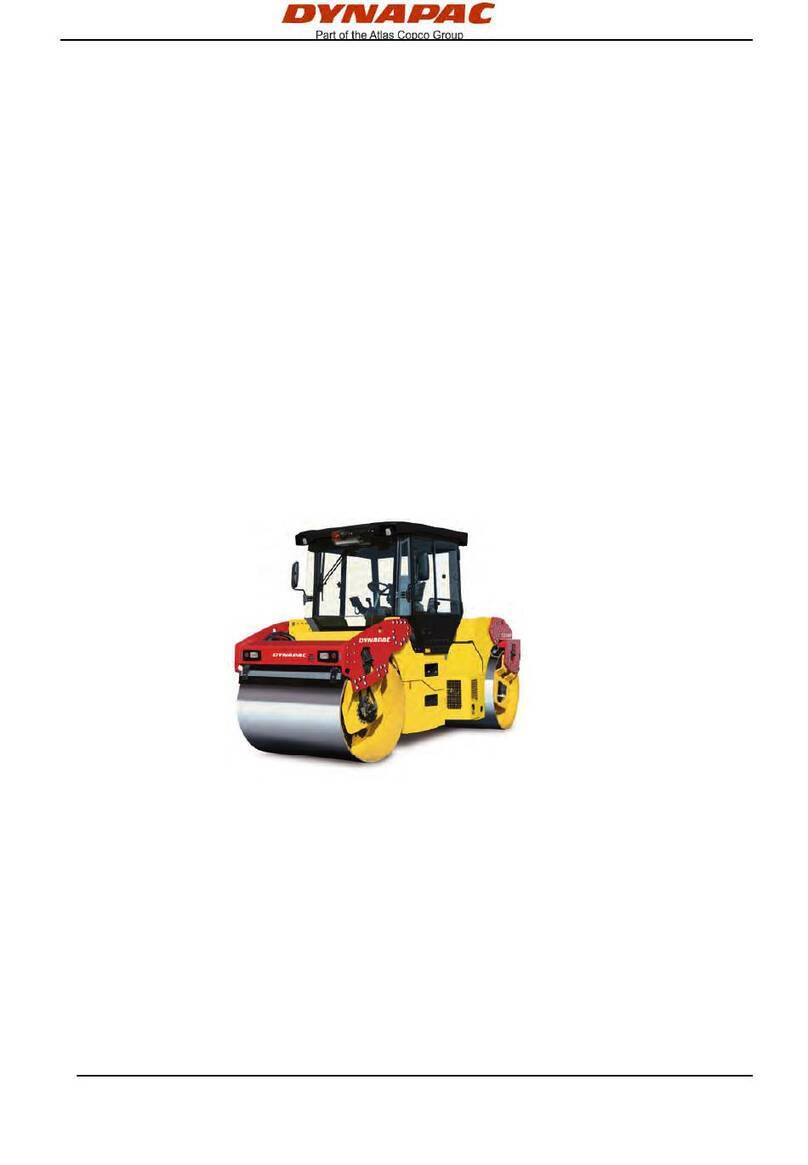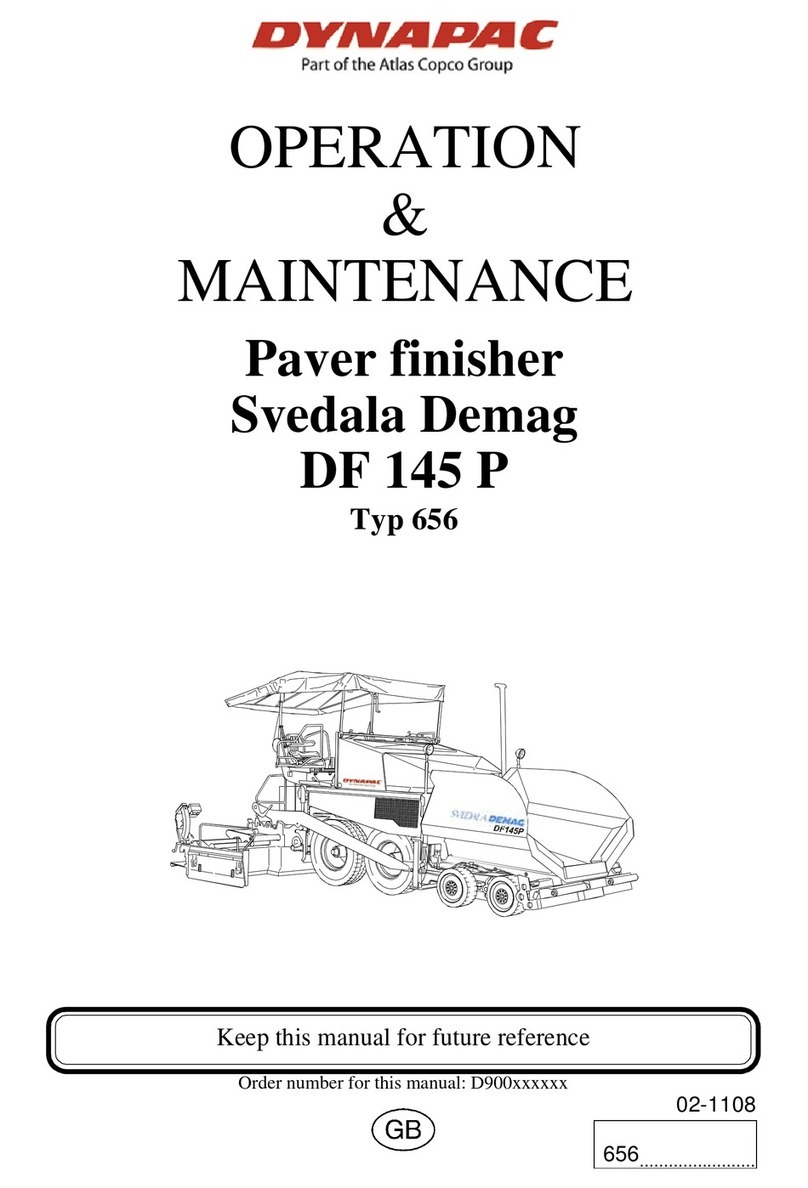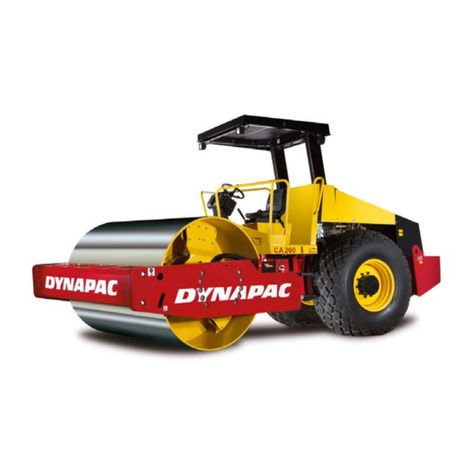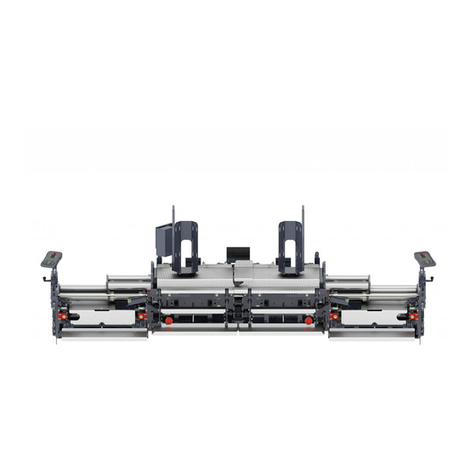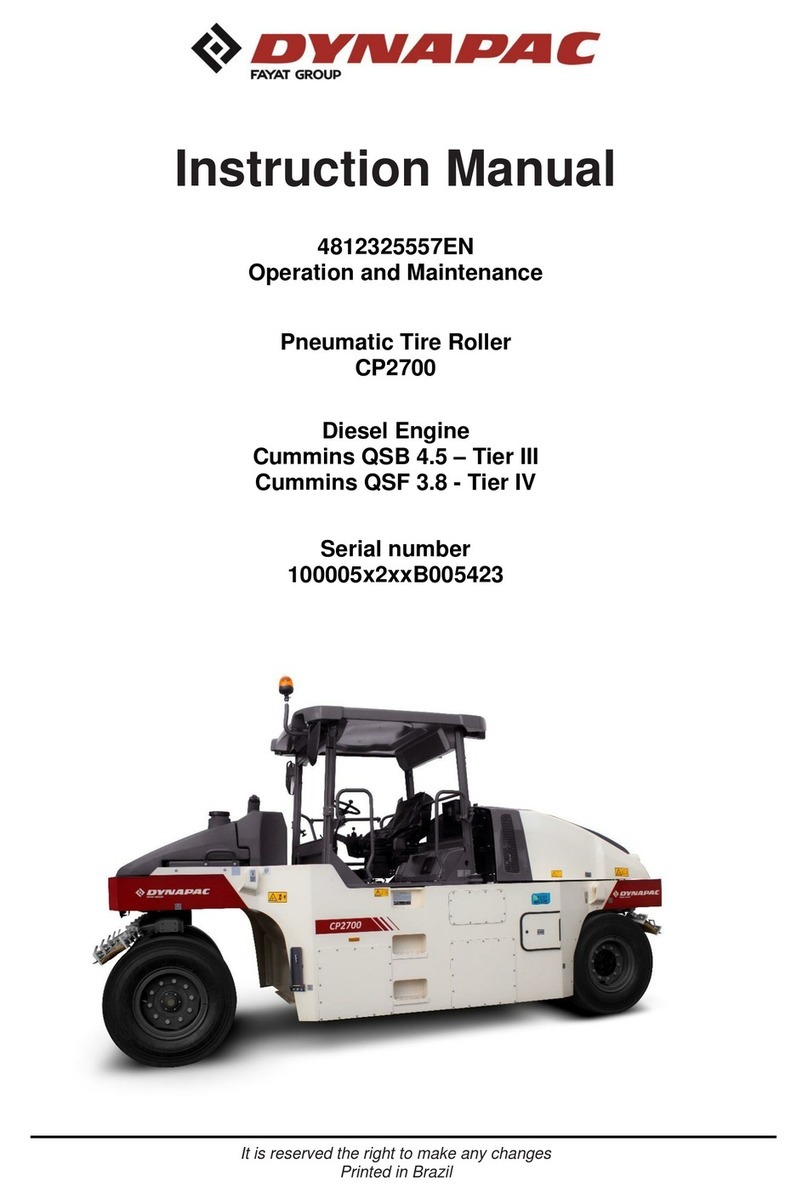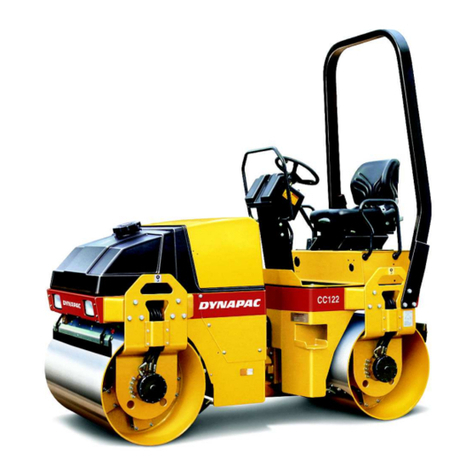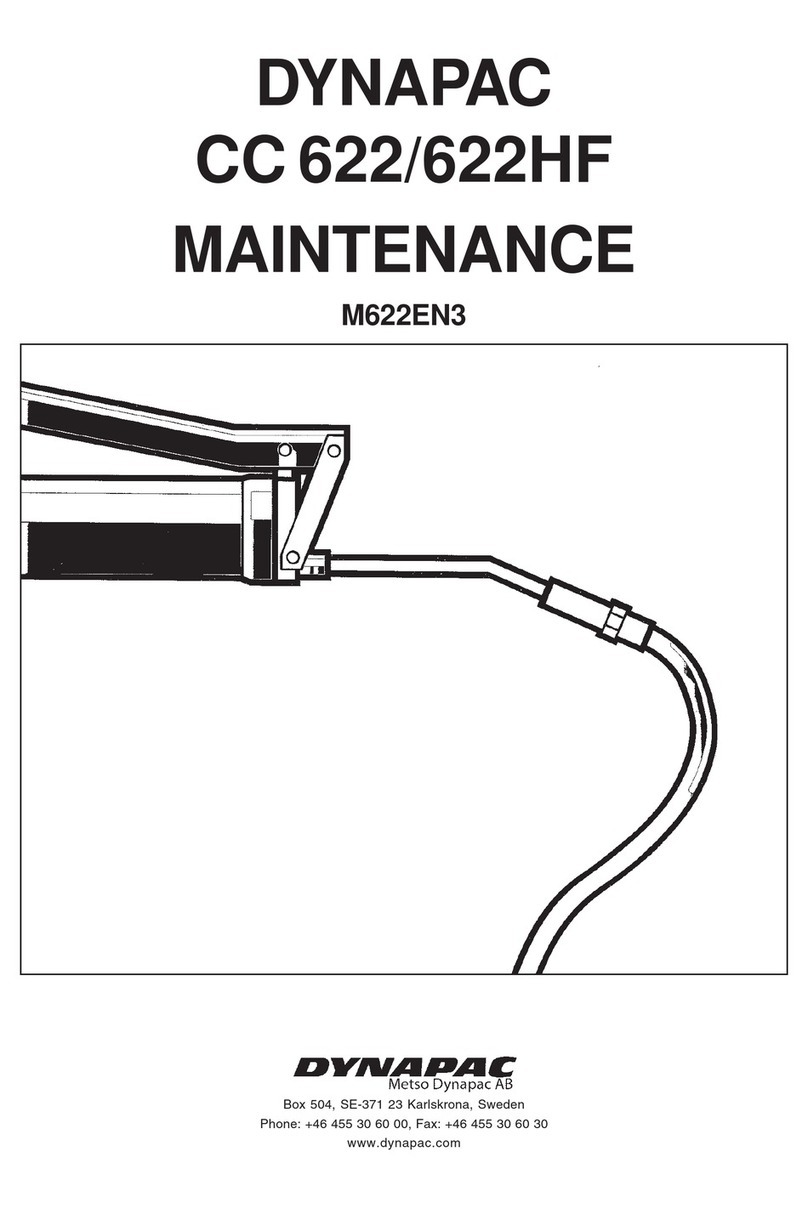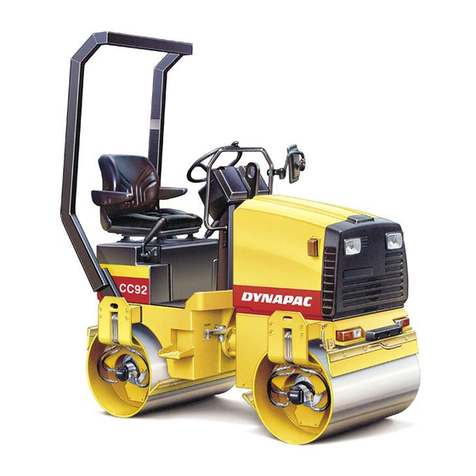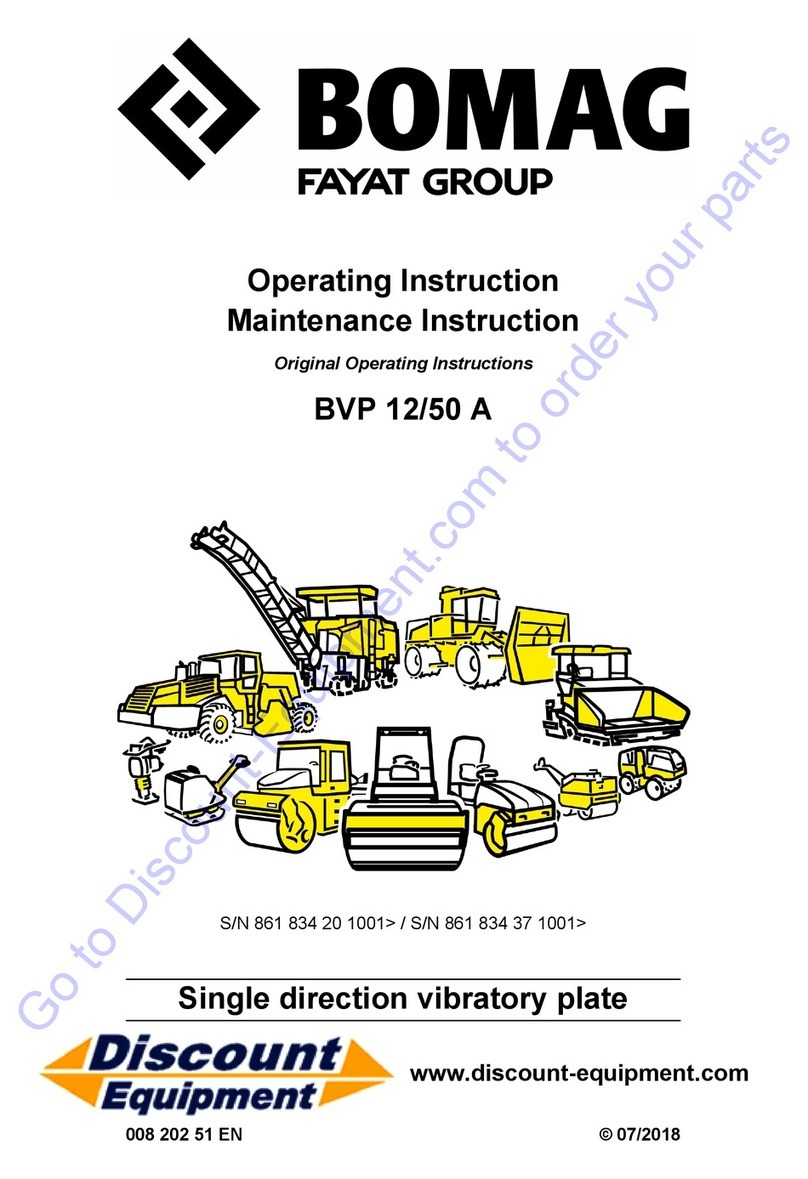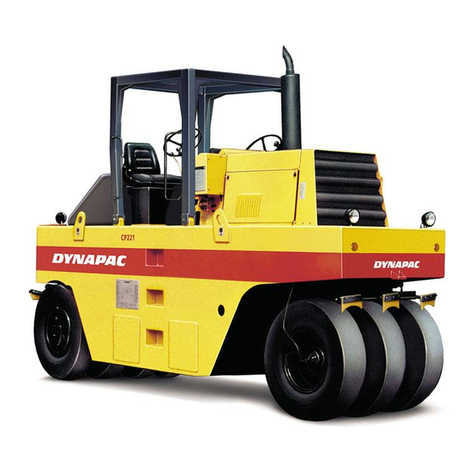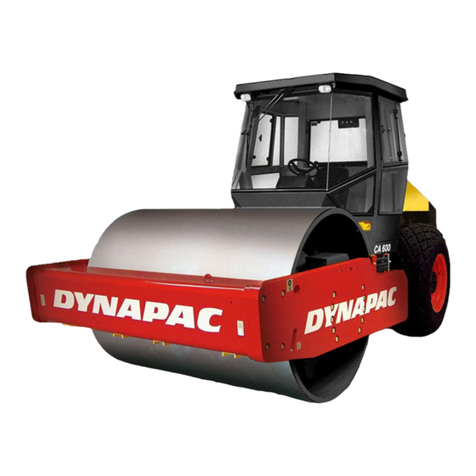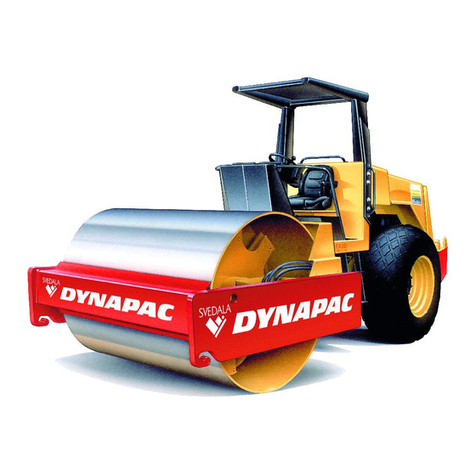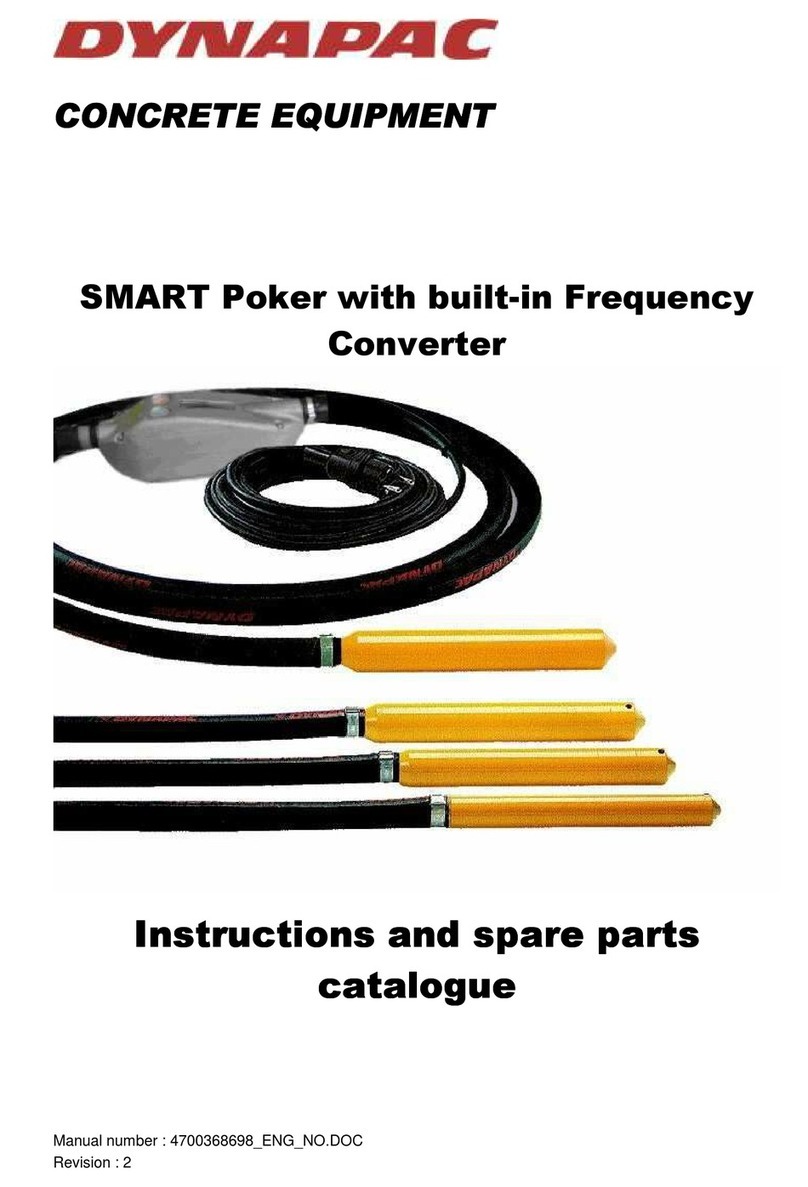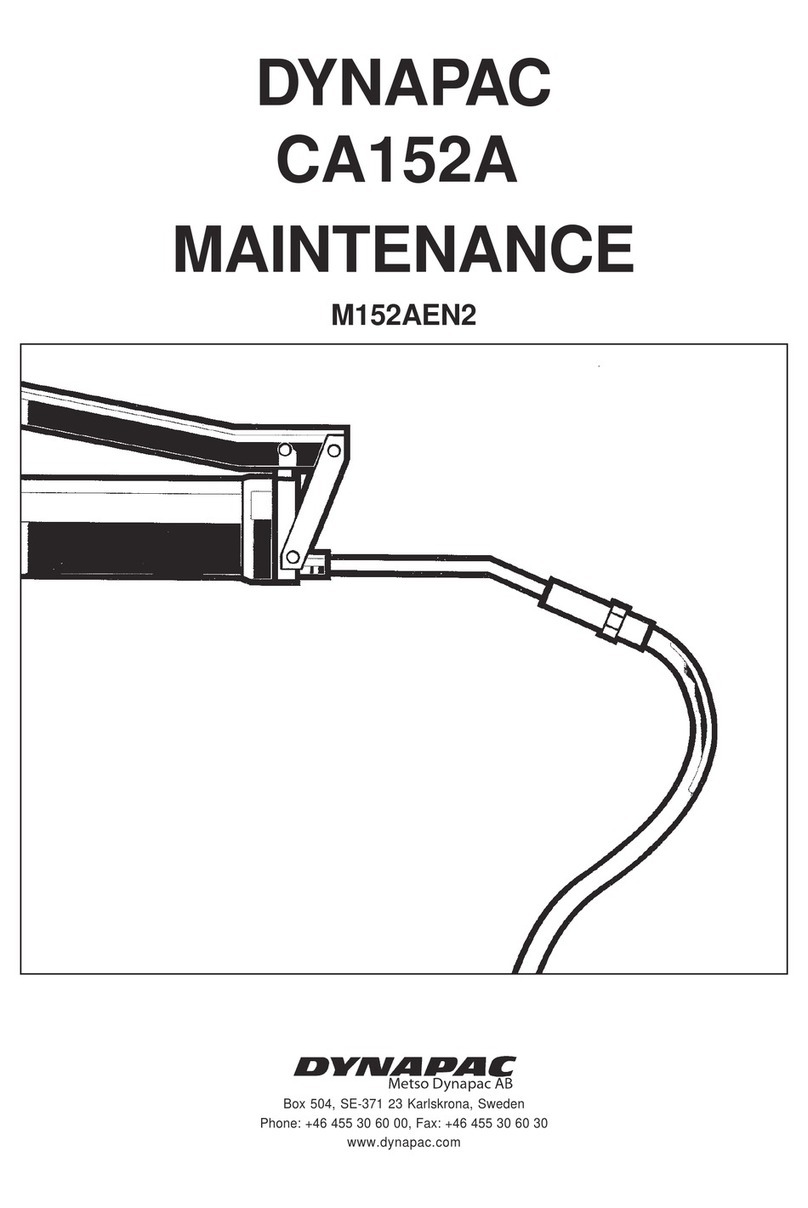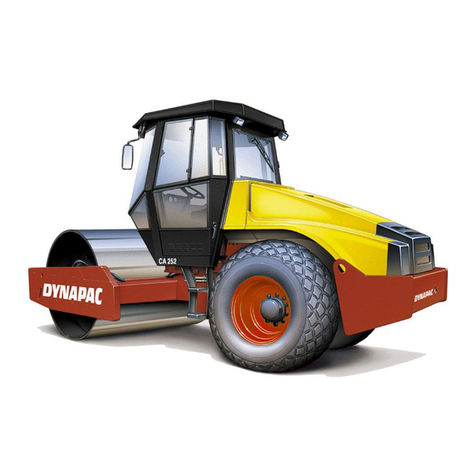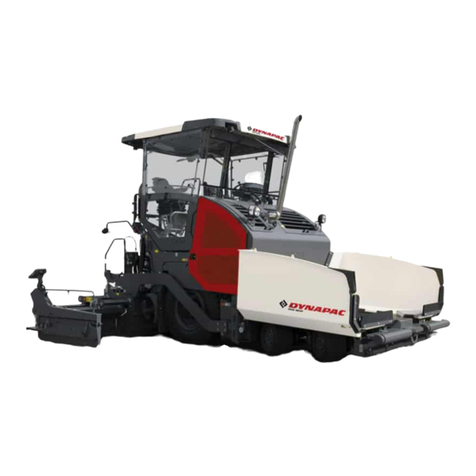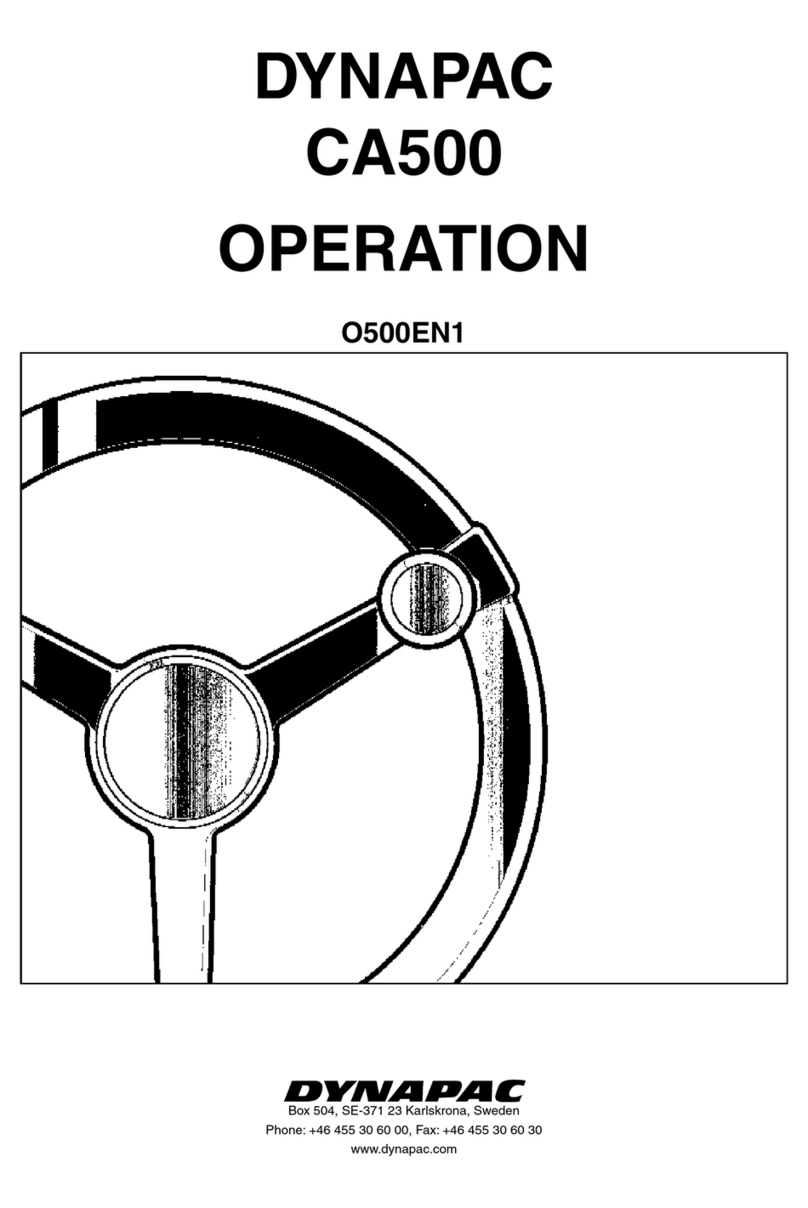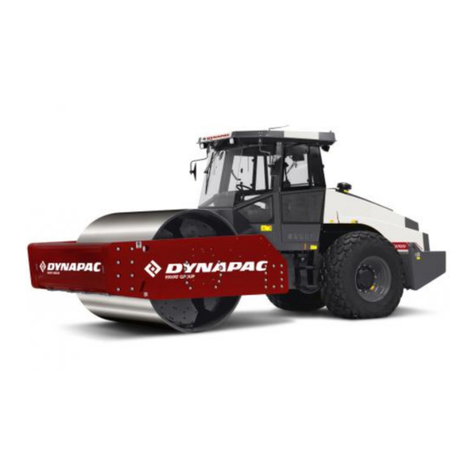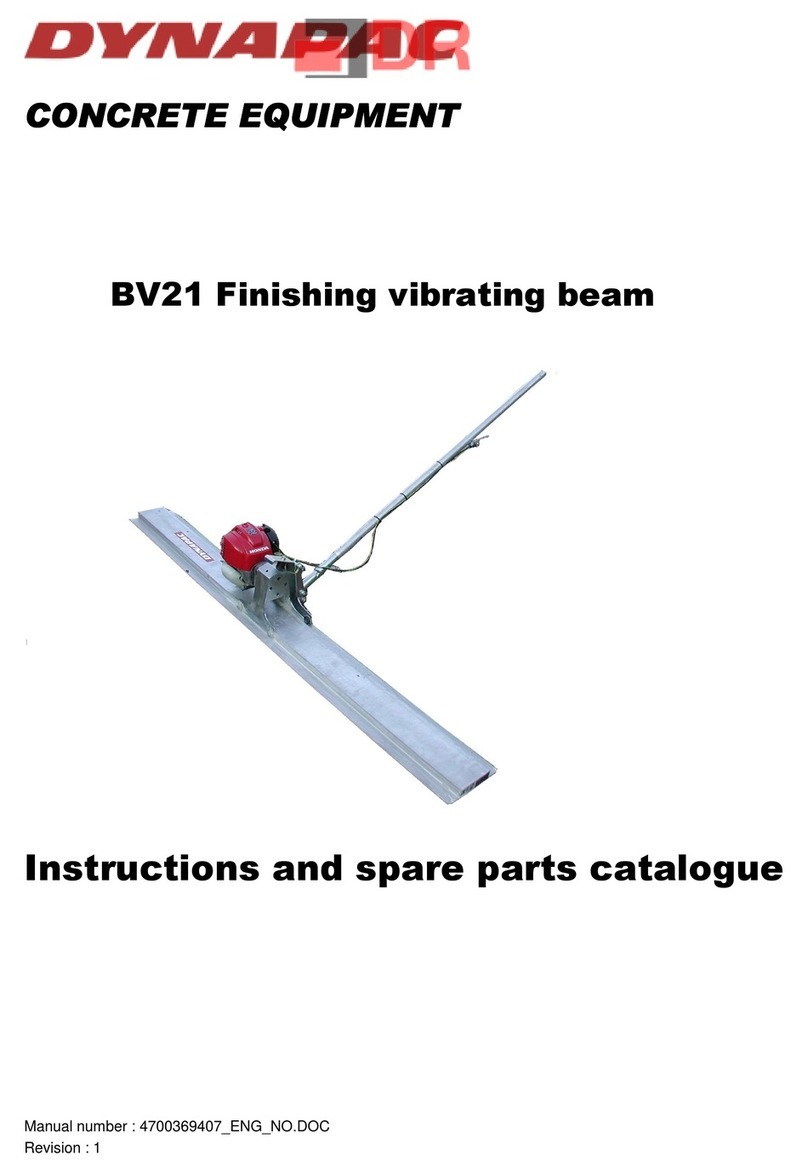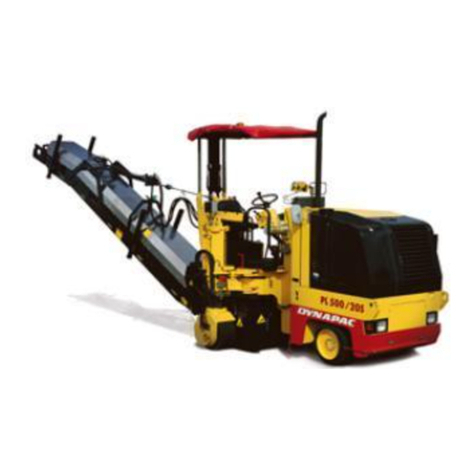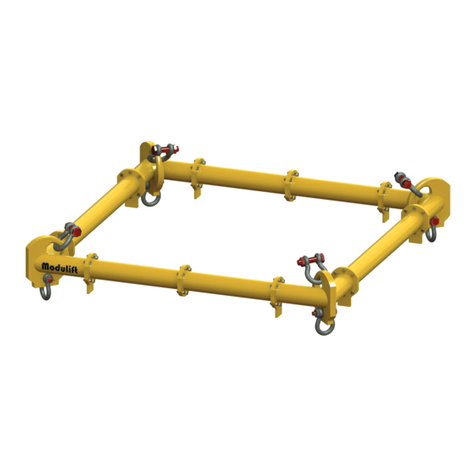
2CC 501/501C O501EN3
Page
Safety instructions ........................................................... 3
Safety decals, Location/Description.............................. 4-5
Machine and engine plates............................................... 6
Instruments and controls.................................................. 7
Instruments and controls - Functional description ...... 8-10
Controls in the cab ......................................................... 11
Controls in the cab, functional description...................... 12
Before starting........................................................... 13-15
Starting........................................................................... 16
Operation ....................................................................... 17
Operation/Vibration ................................................... 18-19
Safety when driving........................................................ 19
Braking........................................................................... 20
Emergency braking ........................................................ 20
Stopping ......................................................................... 20
Parking ...................................................................... 21-22
Hoisting .......................................................................... 22
Towing....................................................................... 23-24
Transportation ................................................................ 25
Operating instructions - Summary ................................. 26
CONTENTS
Safety instructions - Personal safety
Special caution - Machine or component damage.
Each operator of the roller must study the
safety manual, which accompanies each machi-
ne. Always follow the safety rules and do not
remove the manual from the roller.
This manual contains instructions for the operation and use
of the roller. For care and maintenance information, see the
MAINTENANCE, CC 501/501C manual.
When you start up and drive a cold machine,
the hydraulic fluid is cold, and the braking
distance will be longer than normal until the
machine reaches normal working temperature.
WARNING SYMBOLS
SAFETY MANUAL
GENERAL CALIFORNIA
Proposition 65 Warning
Diesel engine exhaust and some of its
constituents are known to the State
of California to cause cancer, birth
defects, and other reproductive harm.
